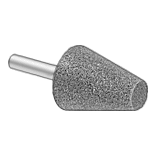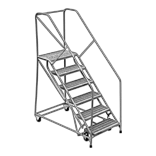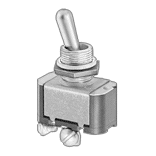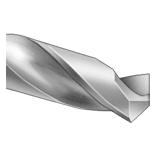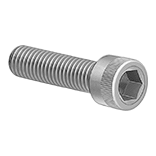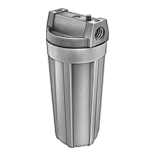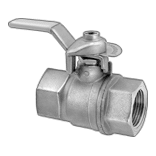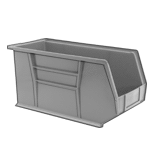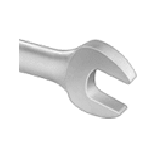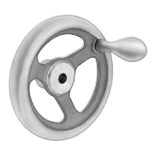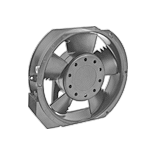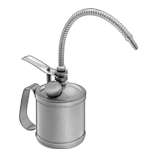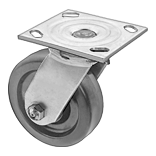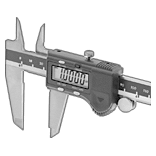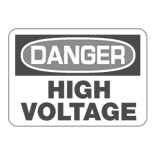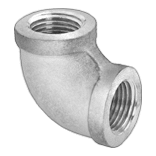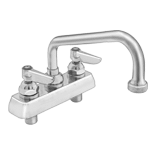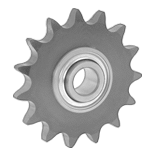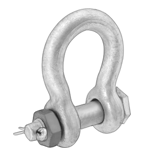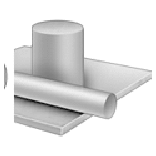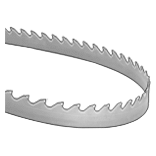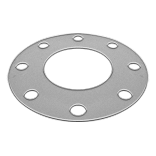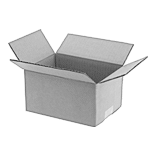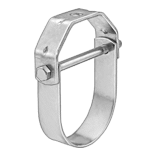3D Printer Filaments for Casting
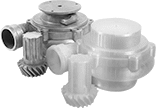
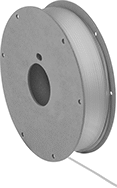
Create molds around parts printed with these filaments. They’re PVB, so they vaporize cleanly from your mold, similar to wax in traditional investment casting and lost wax casting. For a smoother surface on your mold, before casting you can apply isopropyl alcohol to remove the layer lines from your printed parts. Apply using a brush, sprayer, or vapor bath.
Tensile strength is the best measure of a filament’s overall strength. Similar to the stress applied on a rope during a game of tug-of-war, it’s the amount of pulling force a material can handle before breaking. A higher rating means a stronger filament. A tensile strength of 5,000 psi and above is considered good; 12,000 psi and above is excellent.
Maximum exposure temperature is the point at which a printed part will begin to deform. Above this temperature, your part will start to lose structural integrity.
For technical drawings and 3-D models, click on a part number.
Spool | ||||||||||
|---|---|---|---|---|---|---|---|---|---|---|
| Dia., mm | Printing Temp. | For Printer Bed Temp. | Tensile Strength | Max. Exposure Temp. | For Min. Nozzle Opening Dia., mm | Dia., mm | Dp., mm | Wt., g | Each | |
PVB Plastic | ||||||||||
Opaque Off-White | ||||||||||
| 1.75 | 190° to 220° C 374° to 428° F | 25° to 70° C 77° to 158° F | 4,930 psi (Poor) | 52° C 125° F | 0.4 | 200 | 50 | 750 | 0000000 | 000000 |
| 2.85 | 190° to 220° C 374° to 428° F | 25° to 70° C 77° to 158° F | 4,930 psi (Poor) | 52° C 125° F | 0.4 | 200 | 50 | 750 | 0000000 | 00000 |
